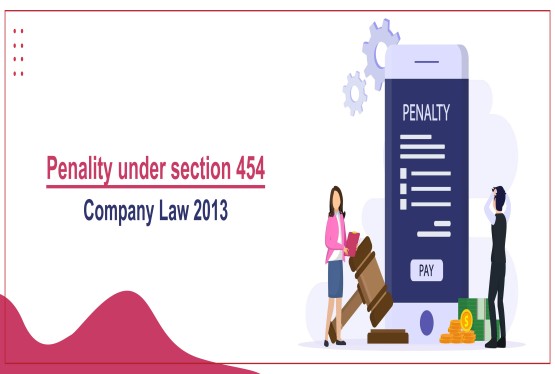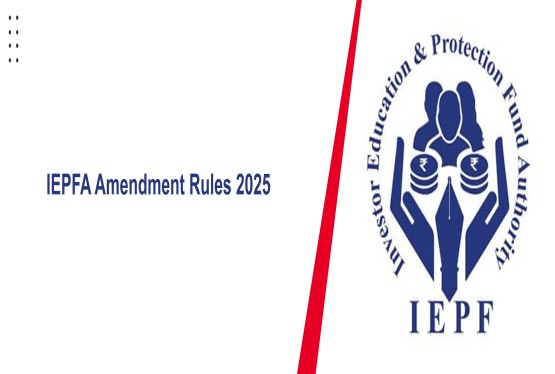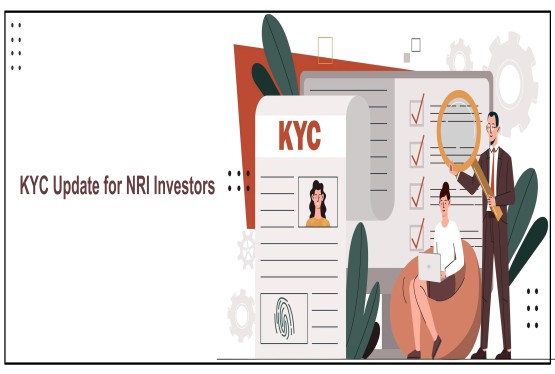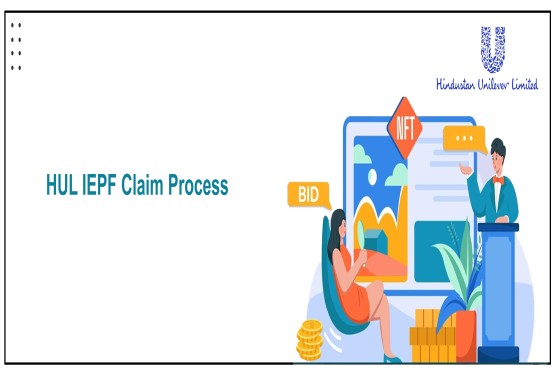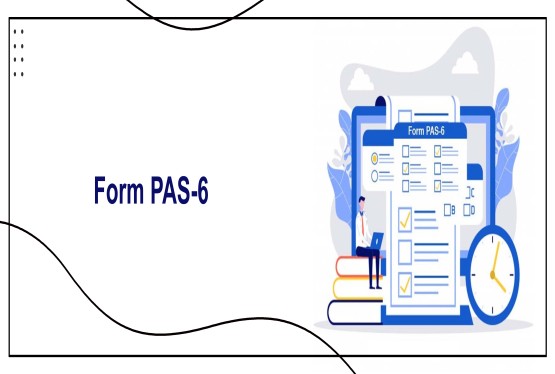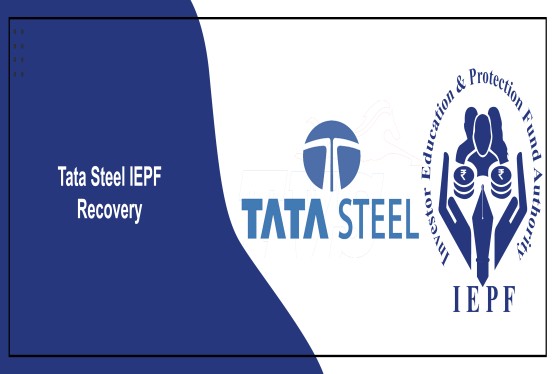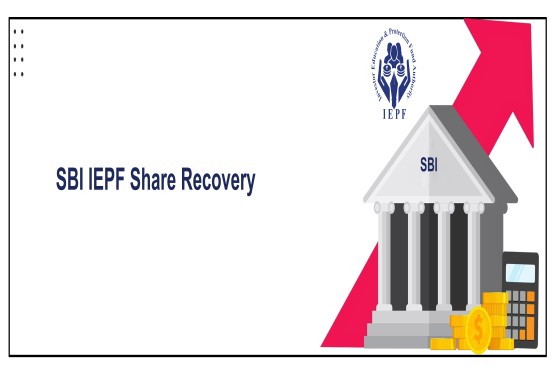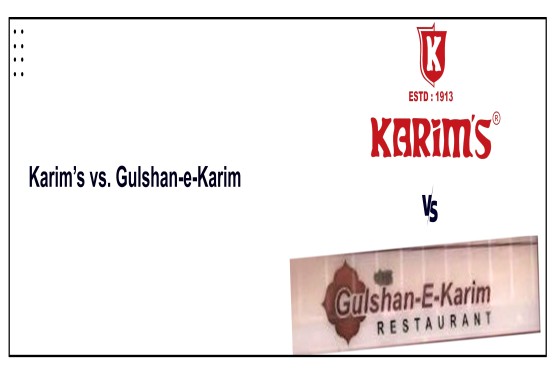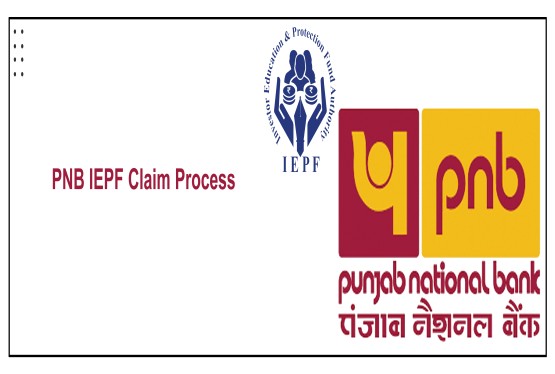Shares are the most important investments for investors because they provide a vital ownership stake in a firm. Historically, these shares were issued via share certificates, which serve as proof of ownership. Due to theft, fire, flood, or simple negligence, however, several investors have misplaced, lost, or had their share certificates damaged over the years. These conditions not only make it harder for shareholders to exercise their rights, but they also slow down procedures like the transmission, or recovery of unclaimed dividends and shares from the Investor Education and Protection Fund (IEPF). The issue of lost or damaged shares certificates has greatly decreased with the introduction of dematerialization of shares. Nevertheless, many investors continue to own shares in physical form, and the process of getting a copy share certificate is still very important to them. This procedure must be understood by investors, professionals, businesses, and regulators involved in share recovery services.
What is a Duplicate Share Certificate?
A company is authorized to issue a duplicate share certificate if the original has been lost, stolen, misplaced, mutilated, or rendered unusable.” It has the same legal force as the original document and is a genuine replacement for it. Because a share certificate is the main evidence of ownership in a firm, its absence might make it difficult for shareholders to sell, or even collect dividends and bonus shares. A duplicate certificate's issuance assures the ongoing protection of these ownership rights.
The legal basis for this is found in the Section 46 of the Companies Act, 2013, which recognizes a share certificate as proof of ownership of the shares, as well as in Rule 6 of the Companies (Share Capital and Debentures) Rules, 2014, which outlines the procedures for issuing duplicates. A duplicate certificate may be given in a variety of situations, including misplacement, theft, destruction caused by accidents like fire or flood, mutilation or defacement of the existing certificate, or misplacement during the transmission of shares.
A duplicate certificate is specifically given after a thorough due diligence process to avoid false claims. As many investors who own old physical certificates are unable to collect dividends, bonuses, or shares that have been transferred to the IEPF without first acquiring a duplicate certificate, this process is especially crucial for the recovery of shares. Issuing a duplicate share certificate is thus the necessary first step in the majority of recovery situations.
Learn more abour Issue of Duplicate Share Certificates and Claim Shares.
Documents Required for Duplicate Share Certificates
To obtain a duplicate share certificate, shareholders are required to furnish a specific set of documents to establish their identity and ownership of the shares. These documents help the company and its Registrar & Transfer Agent (RTA) verify the authenticity of the claim and prevent fraudulent issuance. The commonly required documents include:
-
Application/Request Letter: A formal written request addressed to the company or RTA, clearly stating the details of the lost/misplaced/damaged share certificates and seeking issuance of a duplicate.
-
Copy of FIR/Police Complaint: A First Information Report (FIR) or police intimation confirming that the original share certificates have been lost, stolen, or misplaced. If the value is more than 5 Lakh.
-
Form A (Affidavit): A notarized affidavit by the shareholder affirming the loss of the original share certificate and undertaking that it will be returned to the company if found in future.
-
Form B (Indemnity Bond): An indemnity bond (sometimes supported by sureties) executed by the shareholder, indemnifying the company against any future claims that may arise from misuse of the original share certificate.
-
Identity Proof: A self-attested copy of the shareholder’s PAN Card is generally mandatory.
-
Address Proof: Documents such as Aadhaar Card, Voter ID, Passport, or Driving License showing the current and previous addresses of the shareholder.
-
CML (Client Master List): A duly attested copy of the Client Master List (CML) from the Depository Participant (DP), reflecting the demat account details where the duplicate shares will be credited.
Process for Issuance of Duplicate Share Certificates
When a share certificate is lost, misplaced, or destroyed, both the shareholder and the company are required to follow certain procedures to ensure transparency and prevent fraudulent transfers-
Inform the Company: Shareholder
-
Send a Request letter/email to the company/RTA.
-
Mention: your name, folio no., certificate no.
File an FIR: Shareholder
-
Lodge a police complaint describing the lost/misplaced/destroyed certificates. If the value is more than 5 lakhs
-
Keep the acknowledged copy.
Prepare KYC Set: Shareholder
-
Self-attested: Aadhaar, PAN, present & past address proofs.
-
Specimen signatures (as per RTA format).
Execute Declarations: Shareholder
-
Affidavit Form A declaring loss of share certificates (in prescribed format).
-
Indemnity Bond Form B (in prescribed format) with required guarantors/witnesses.
Submit the Complete Set of Documents: Shareholder
-
Send FIR copy, newspaper clippings, fees (if any), KYC, affidavit, indemnity bond, and your intimation letter/email to the company/RTA.
Outcome Letter Issued: Company/RTA
-
After verification, issue: Entitlement Letter (used when filing IEPF claims).
Get Shares Credited / File IEPF: Shareholder
-
If Entitlement Letter (IEPF case): use it to file, the IEPF claim as per the IEPF process.
Duplicate Share Certificate Issued: Company/RTA
-
On completion of all formalities, the company facilitates issuance of a duplicate share certificate, restoring your ownership rights.
Role of Registrar & Transfer Agent (RTA)
The issuance of duplicate share certificates and the recovery of shares are significantly simplified by the Registrar and Transfer Agent (RTA). The RTA serves as a bridge between the company and the shareholder, making sure that all legal and procedural criteria are satisfied before a duplicate certificate is given.
In such situations, the RTA's main responsibilities include:
-
Document Verification: The RTA checks the validity of the police complaint, affidavit, indemnity bond, identification documents, and other information provided by the shareholder.
-
Analyzing the Claims: The RTA carries out a thorough review of the shareholder's documents, certificate numbers, folio information, and signatures in order to avoid false claims.
-
Freezing Transfers: Upon receiving intimation of loss, the RTA guarantees that the share transfer procedure is temporarily frozen to prevent illegal transfers.
-
Issuing Duplicate Certificates/Letters of Confirmation: The RTA processes the request and helps with the issuance of a duplicate share certificate or a "Letter of Confirmation" for dematerialization once due diligence has been performed.
-
Liaising with the IEPF Authority: When shares have been transferred to the IEPF, the RTA aids in the recovery process and validates claims prior to the firm or IEPF authority.
As a result, the RTA serves as a watchdog against deceptive behaviour and a facilitator for legitimate shareholders who have lost or misdirected their investments.
Challenges in Issuance of Duplicate Certificates & Recovery of Shares
Even though the Companies Act, 2013, and its associated regulations establish a clear framework for the issuance of duplicate share certificates, in reality, shareholders frequently encounter a number of obstacles during the recovery procedure. Some typical difficulties include:
-
Expanded and time-consuming process: Getting a copy of a share certificate might take months and includes numerous procedures, such as submitting an FIR, placing a newspaper ad, notarized affidavits, indemnity bonds, and permissions.
-
High Compliance Burden: The process is complicated for those unfamiliar with legal formalities since shareholders must provide a large number of self-attested documents and affidavits, which creates a high compliance burden.
-
Risk of Fraudulent Claims: Businesses and RTAs must exercise extreme caution to avoid fraudulent applications, which may occasionally cause legitimate claims to be delayed.
-
Records that cannot be traced: Verification issues might arise in several earlier cases because the company's registry may not have up-to-date information on the shareholder or any hard copy documents.
-
Issues with the IEPF: The procedure is complicated when shares or dividends have already been transferred to the Investor Education and Protection Fund (IEPF) because it needs an extra layer of compliance via IEPF-5 claim filing.
-
Cost Implications: Small shareholders may find themselves financially burdened by costs like newspaper ads, indemnity bond stamp duty, and legal paperwork.
-
Intermediaries' Delay: Sometimes, delays are caused by the slow processing of RTAs, brokers, or the business itself, which extends the recovery process unnecessarily.
Importance of Duplicate Certificates in Share Recovery
The recovery of shares depends heavily on duplicate share certificates, particularly in situations when the original certificates have been lost, destroyed, or misplaced over time. Their significance may be explained as follows:
-
Verification of ownership: A duplicate certificate is acceptable proof of shareholding and guarantees that investors may exercise their ownership rights, such as voting and dividend payments.
-
Required for Dematerialization: Without providing the required share certificates, old physical shares cannot be converted into demat form. The first and most crucial step is to get a copy of the original certificate if it has been misplaced.
-
Makes Transmission Easier: Duplicate certificates are required in instances of succession, inheritance, or transfer in order to prove title and facilitate easy transmission.
-
Claiming Corporate Benefits: Shareholders must demonstrate ownership using certificates, including duplicates if originals are missing, before they may request dividends, bonuses, rights issues, or split shares.
-
Submitting an IEPF Claim: To back up claims through IEPF-5, duplicate certificates are frequently needed in situations where shares or dividends have been transferred to the Investor Education and Protection Fund (IEPF).
-
Dispute Avoidance: Businesses avoid fraudulent claims and ownership disagreements over lost shares by issuing a legally recognized duplicate certificate.
In conclusion, the process of recovering shares becomes almost impossible without a duplicate certificate, making it a crucial document for the restoration of investor rights.
Case Study Delay in Publishing
In a recent case, an investor filed a petition with the Company Law Board/NCLT after the firm failed to provide a duplicate certificate within the three-month statutory timeframe stipulated by the Companies (Share Capital & Debentures) Rules, 2014. The Tribunal instructed the company to expedite the issuance, emphasizing that shareholder rights cannot be indefinitely withheld.
RTAs are moving toward digitalization, with registrars and transfer agents (such as KFin Technologies, Link Intime, and MCS) providing more and more online application facilities for starting duplicate certificate requests, cutting down on paperwork and delays.
Trends in Litigation Courts have acknowledged that the refusal to issue duplicate certificates or an unreasonable delay in doing so constitutes a denial of shareholder rights and may be contested under company law remedies.
These advancements demonstrate how duplicate share certificates serve as a link between physical and digital share ownership systems, and why both investors and businesses must handle the procedure with extreme caution.
Final Thoughts
A vital procedure that protects shareholders' rights and guarantees the seamless transfer of ownership in the event that the original certificate is lost, misplaced, or destroyed is the issuance of duplicate share certificates. Shareholders can successfully get duplicates without needless delays by adhering to the processes outlined under the Companies Act, 2013 and the Companies (Share Capital and Debentures) Rules, 2014, and by keeping clear lines of contact with the firm or its Registrar and Transfer Agent (RTA). At the same time, implementing best practices, such as keeping accurate records, submitting prompt FIRs, and converting shares into demat form, can reduce risks and avoid potential issues in the future. In the end, adherence to legal regulations and vigilance from both shareholders and firms guarantee the safe handling and recovery of shares.
FAQ’s
Q1. What is a duplicate share certificate?
Ans. A duplicate share certificate is a replacement certificate issued by a company when the original share certificate is lost, misplaced, stolen, mutilated, or destroyed.
Q2. Which law governs the issue of duplicate share certificates?
Ans. The process is governed by Section 46 of the Companies Act, 2013 and Rule 6 of the Companies (Share Capital and Debentures) Rules, 2014.
Q3. How long does it take to get a duplicate share certificate?
Ans. A company is required to issue a duplicate share certificate within three months from the date of receipt of a valid request along with all supporting documents.
Q4. What documents are required for applying for a duplicate share certificate?
Ans. Key documents include: FIR copy, affidavit, indemnity bond, KYC documents (PAN, Aadhaar, address proof), and Client Master List (CML) in case of demat conversion.
Q5. Is it necessary to file a police complaint if my share certificate is lost?
Ans. Yes. Filing an FIR is generally mandatory as it acts as legal proof of loss and helps prevent fraudulent transfers.
Q6. What role does the Registrar and Transfer Agent (RTA) play in this process?
Ans. The RTA assists the company in verifying the shareholder’s claim, checking documents, and facilitating issuance of the duplicate certificate or entitlement letter.
Q7. Can duplicate share certificates be issued in demat form?
Ans. Yes. After the issuance of a Letter of Confirmation or duplicate certificate, shareholders can request dematerialization through their Depository Participant (DP).
Q8. What happens if the shares have already been transferred to IEPF?
Ans. In such cases, the shareholder must file an IEPF Claim using the Entitlement Letter issued by the company/RTA to recover shares from the Investor Education and Protection Fund.
Q9. How can future risks of loss or damage to share certificates be avoided?
Ans. The best solution is to convert shares into demat form, as electronic records eliminate the risks associated with physical certificates.
Q10. Can legal heirs also apply for duplicate share certificates?
Ans. Yes. Legal heirs can apply, but they must first establish their ownership through succession documents (such as a will, succession certificate, or probate) along with the required supporting documents.











































































_crop10_thumb.jpg)




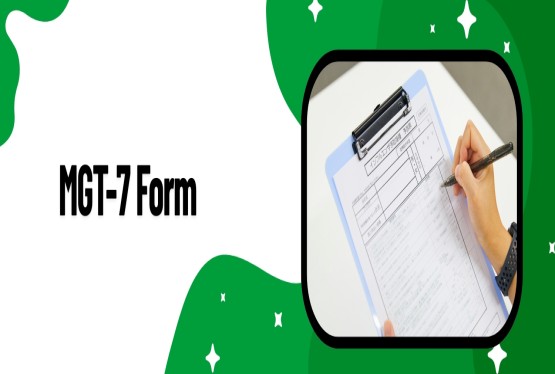





























































_crop10_thumb.jpg)
_crop10_thumb.jpg)



_crop10_thumb.jpg)


_crop10_thumb.jpg)





_crop10_thumb.jpg)

_crop10_thumb.jpg)














-suratgujarat-section-158_crop10_thumb.jpg)
-suratgujarat_crop10_thumb.jpg)
-(33)_crop10_thumb.jpg)



-ahmedabad_crop10_thumb.jpg)
-learn_crop10_thumb.jpg)

-learnn_crop10_thumb.jpg)



























































_crop10_thumb.jpg)















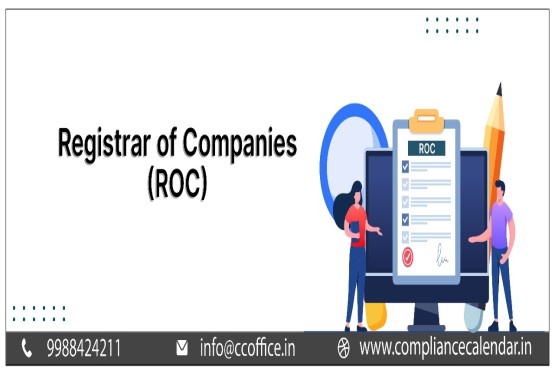






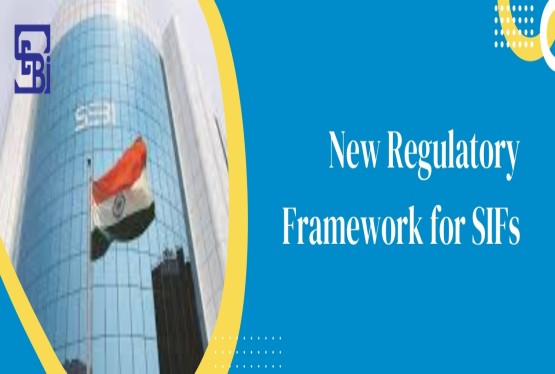
_Guidelines_learn_crop10_thumb.jpg)























_learn_crop10_thumb.jpg)
_crop10_thumb.jpeg)










_crop10_thumb.jpg)




_Second_Amendment_Rules,_2025_learn_crop10_thumb.jpg)







_learn_crop10_thumb.jpg)






















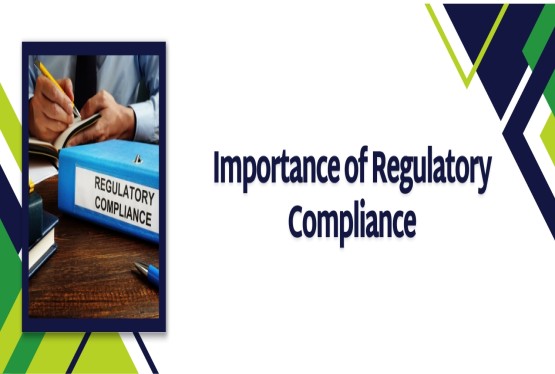







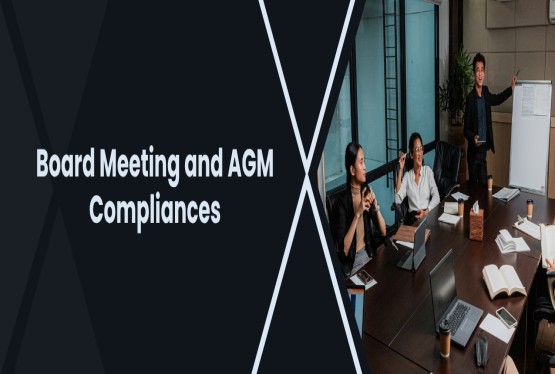
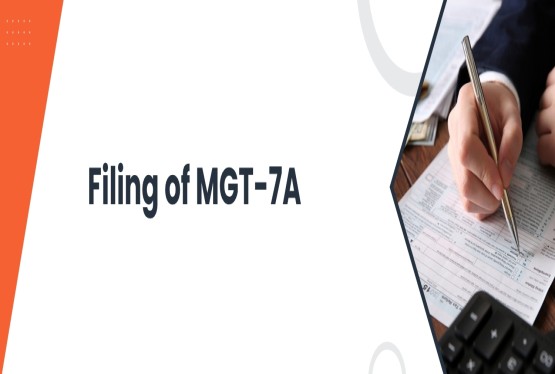
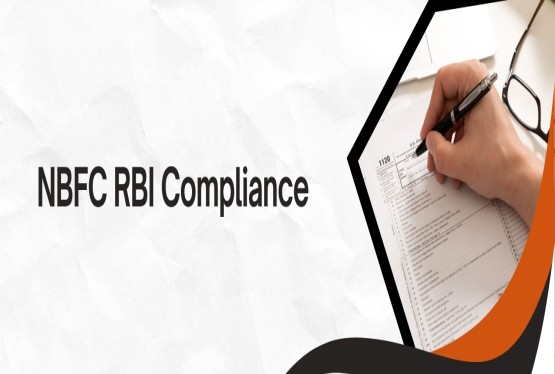





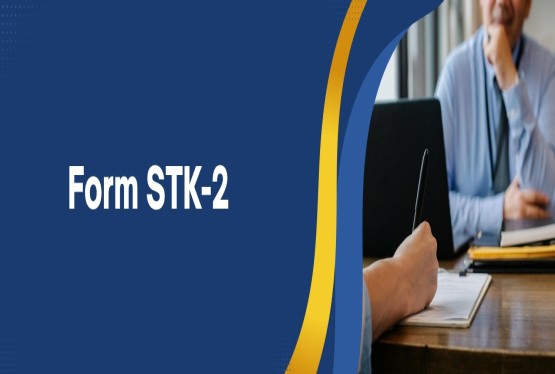
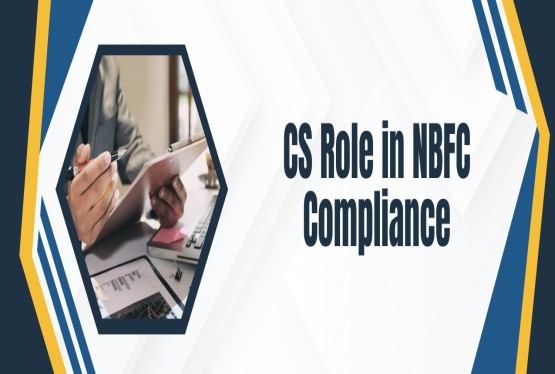


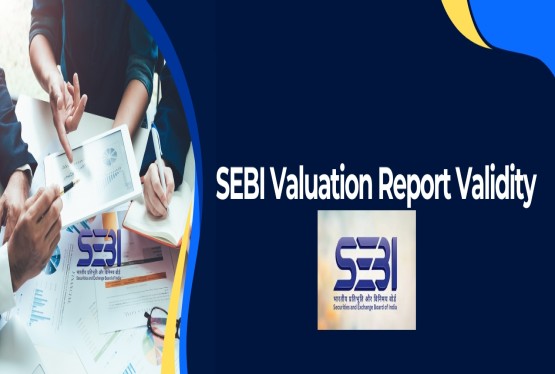

_learn_crop10_thumb.jpeg)

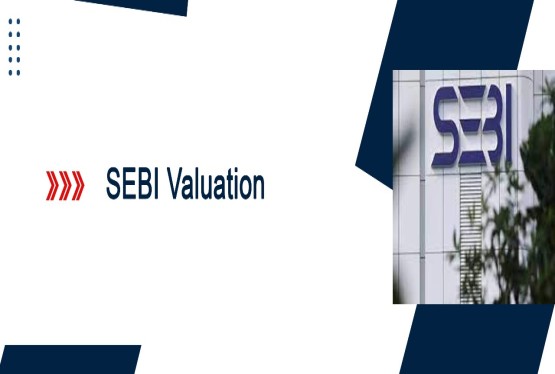



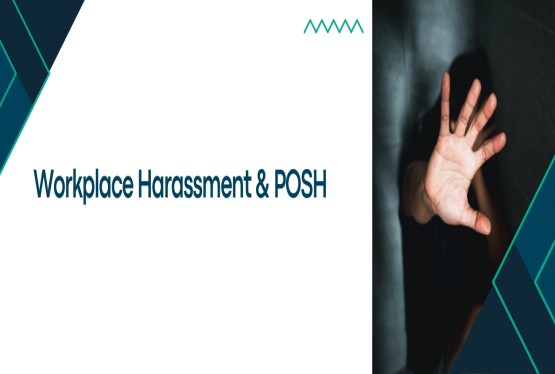
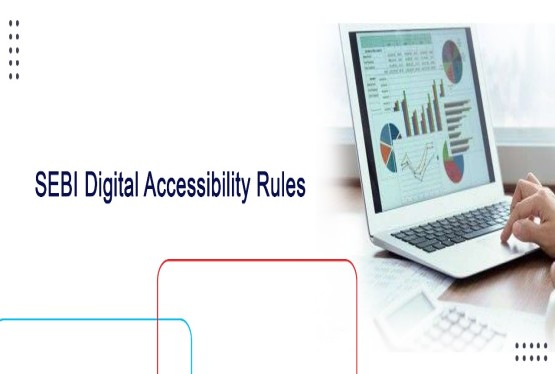


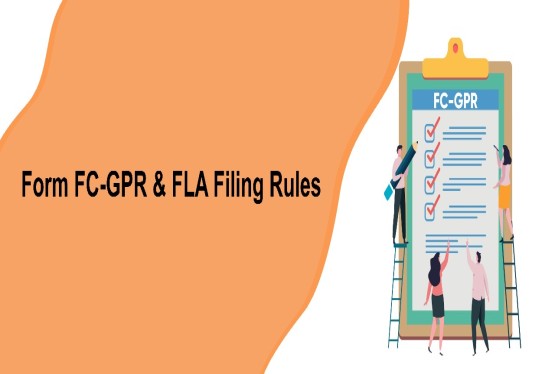
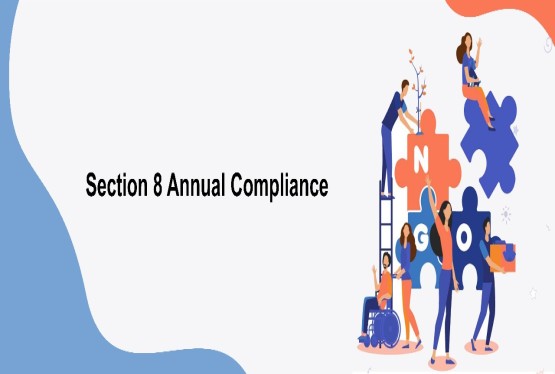
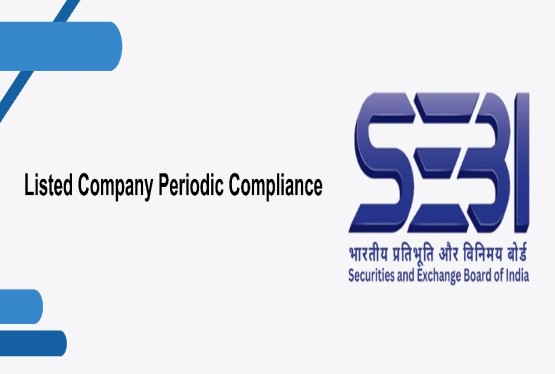



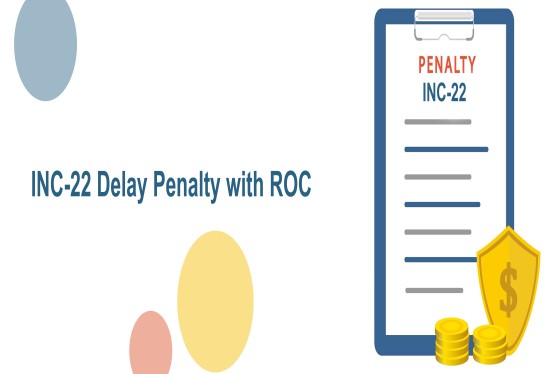


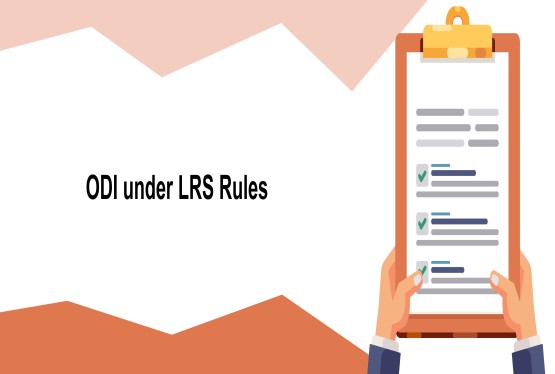
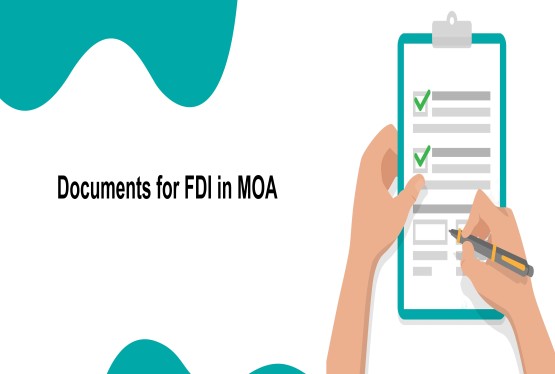


_learn_crop10_thumb.jpg)
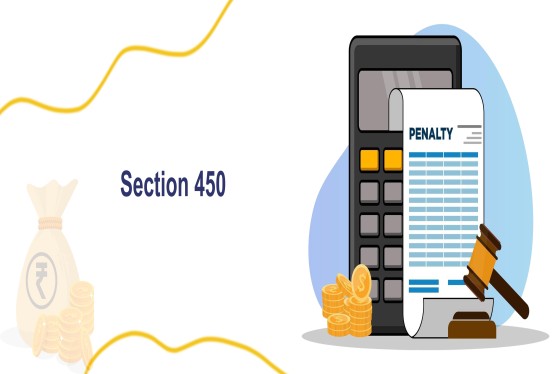

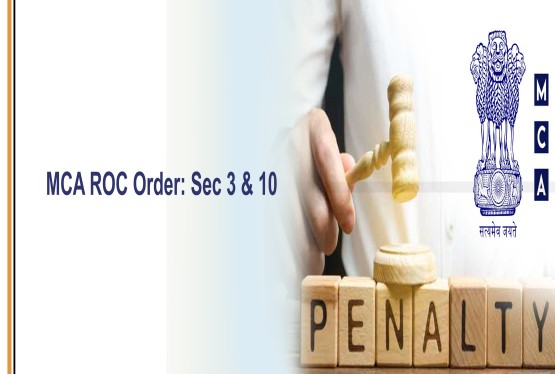
_rd_roc_learn_crop10_thumb.jpg)
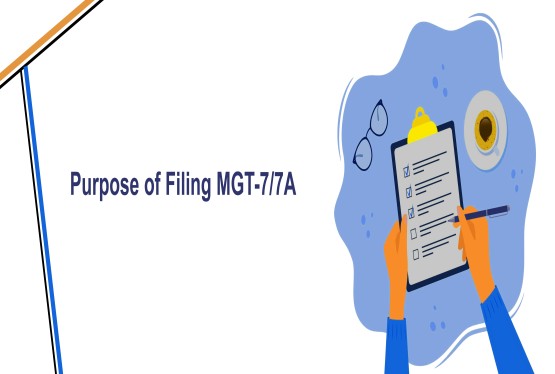



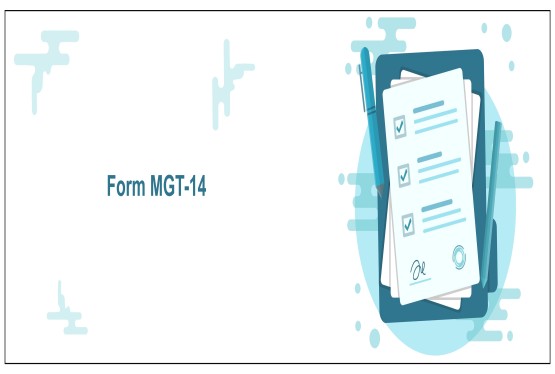
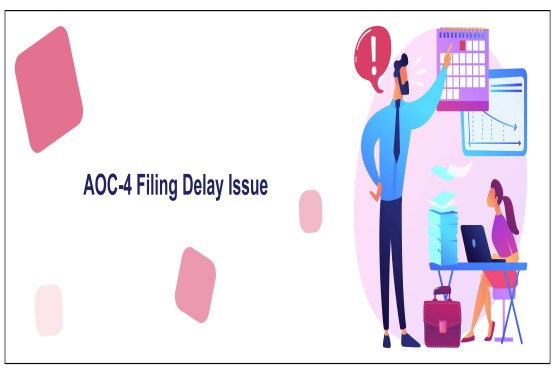
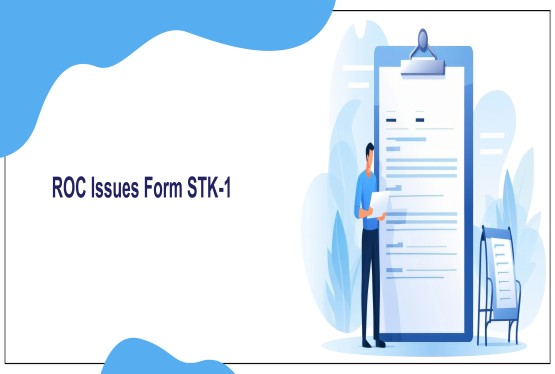


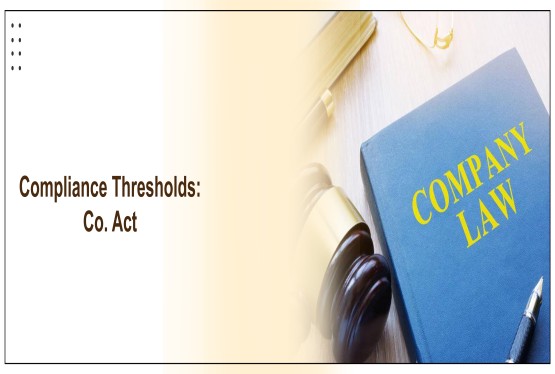
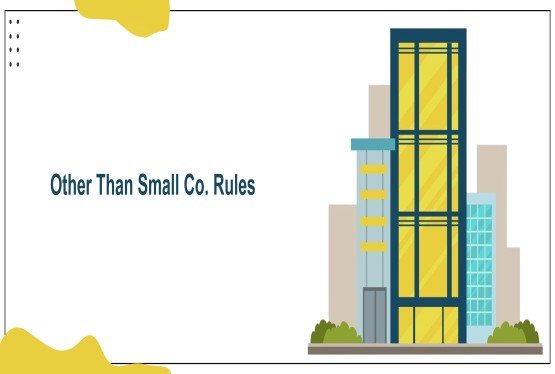
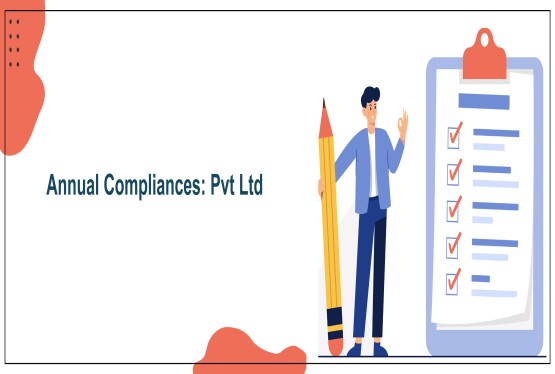
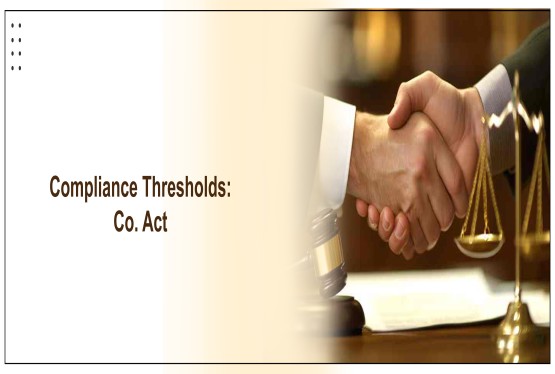


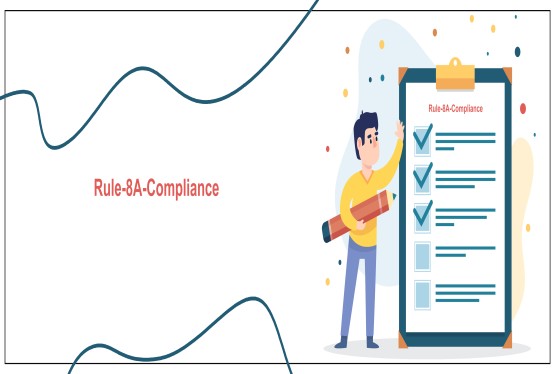
_learn_crop10_thumb.jpg)

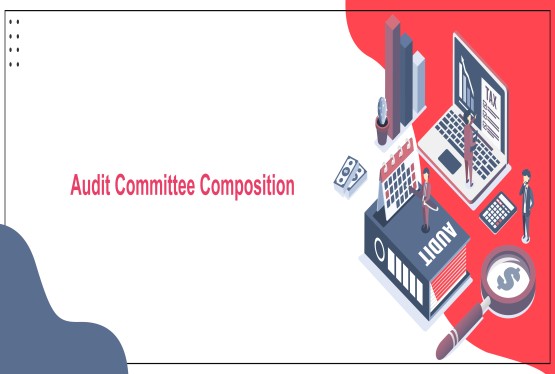
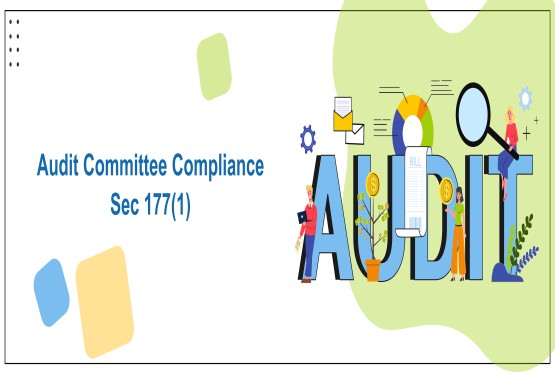



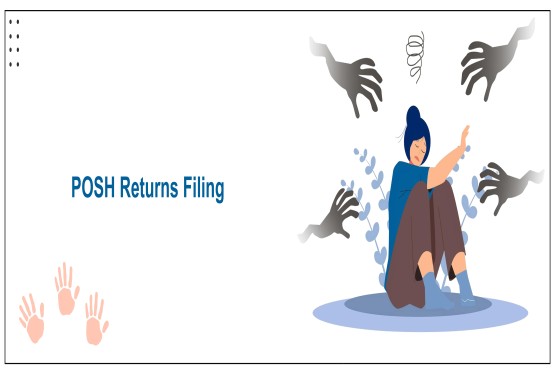
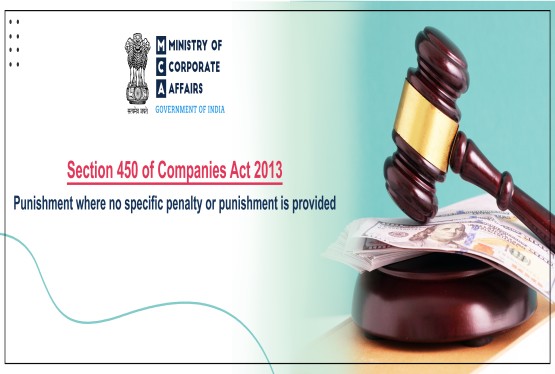

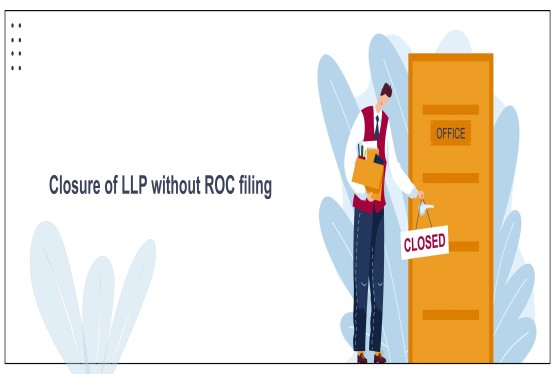
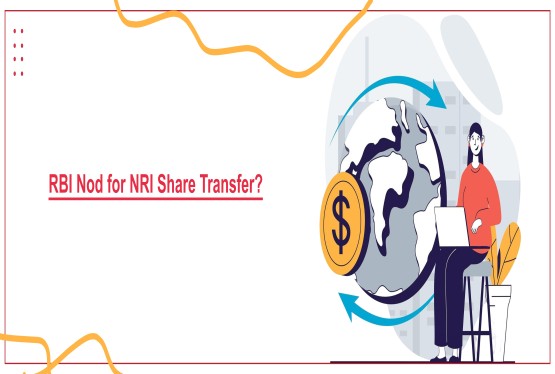

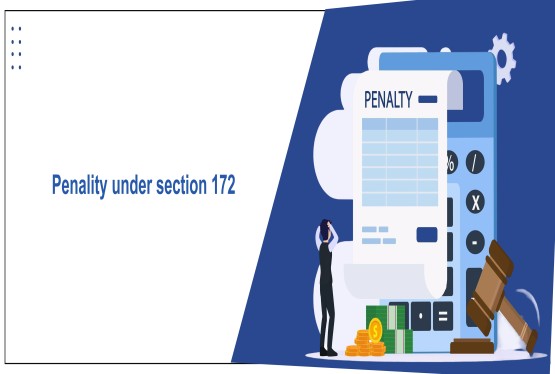

_learn_crop10_thumb.jpg)
_Learn_crop10_thumb.jpg)

